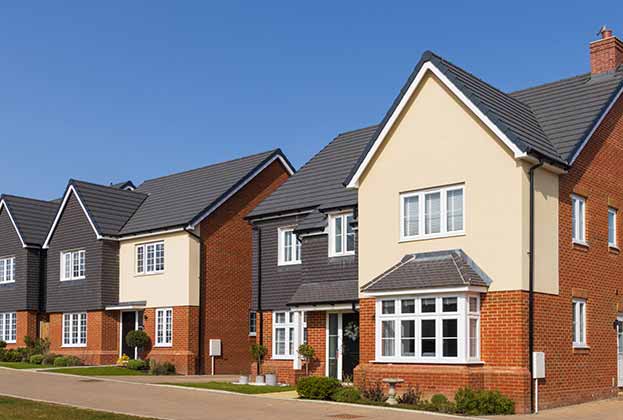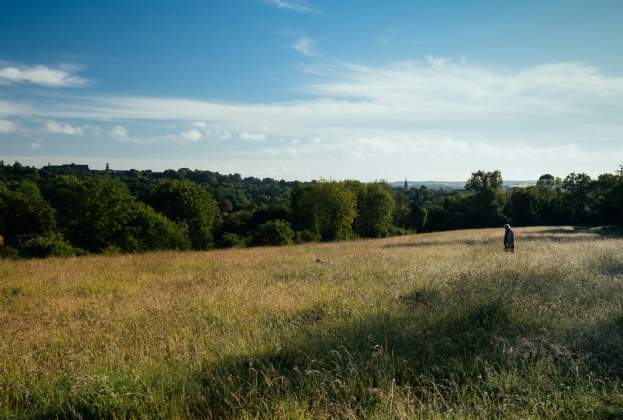The target to deliver 200,000 Starter Homes during this Parliament has gone. Instead there is an expectation that 200,000 people will be helped to become home-owners by a whole range of Government schemes – Help to Buy Equity Loan, shared ownership, Starter Homes, Help to Buy ISA.
Renting vs buying
There is a subtle conflict between the ministerial rhetoric and the detail on whether home ownership remains the primary goal or if more support will now be given to rental tenures.
The Autumn Statement heralded new tenure flexibility in affordable homes funding, but the HCA Prospectus, published shortly afterwards, stated their expectation that the majority of funding would be used for home ownership schemes.
The headlines around the White Paper, and particularly the impression given by the Housing Minister over the weekend, again suggested that there would be more support for rented housing. Instead we have an intention to amend the National Planning Policy Framework (NPPF) to introduce a 10 per cent affordable home ownership requirement.
Build to Rent
There is a separate consultation on Build to Rent. Key proposals include a change to the NPPF so that planning authorities have to 'plan proactively for Build to Rent where there is a need' and make it easier to provide 'affordable private rental homes instead of other types of affordable housing'.
Both provisions will be welcomed by Build to Rent developers, but there are many more significant barriers to overcome (see our report for the BPF).
Starter Homes
One effect of Brexit has been the disappearance of Starter Homes from the forefront of Government housing policy. It’s now nearly a year since the consultation on Starter Homes regulations that raised a huge number of questions about how they would work (see our report, Policy Response: Starter Homes). Not least was how the imposition of a national 20 per cent Starter Homes quota would impact the delivery of traditional affordable housing.
Local authorities will still have a general duty to promote the supply of Starter Homes, but the requirement to make them 20 per cent of all new homes has gone.
Gone, too, is the opportunity for buyers to sell their Starter Home at full market value only five years after purchasing it at a 20 per cent discount. That five years has now increased to 15, but even after 15 years of ownership, we estimate that the discount will still be worth enough at the point of sale to mean buyers are prepared to pay around 90 per cent of full market value for a Starter Home.
In reality, though we don’t yet have the detail, only some of the discount may need to be repaid if the house is sold during the 15-year period, which only pushes up the amount that the original buyer may be willing to pay.
Starter Homes have also gained some restrictions on who can buy them. Eligible first-time buyers will be required to have a mortgage to avoid cash purchasers taking advantage of the scheme. Buyers will also be subject to the same £80,000 (£90,000 in London) household income cap as those accessing shared ownership, although the vast majority of households have incomes lower than these caps.
And the White Paper’s message for first-time buyers? Starter Homes aren’t completely dead. Home ownership is clearly still high on the agenda. But it’s no longer the only trick up the Government’s sleeve.
.jpg)
.png)


.jpg)
.jpg)

.jpg)
.jpg)

